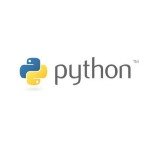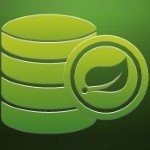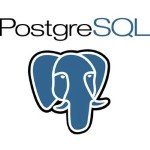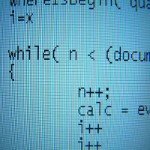SQL
-
Python

Enhancing Marketing Analytics with Large Language Models: A Practical Guide
Introduction Artificial Intelligence (AI) has revolutionized various industries, and marketing is no exception. The ability to leverage AI for marketing…
Read More » -
Enterprise Java

Spring Boot MVC REST Controller Example & Unit Tests
In modern web development, REST APIs are essential for enabling communication between different systems and platforms. The Spring Framework, particularly…
Read More » -
Enterprise Java

Spring JPA LIKE Query Example With JdbcTemplate or JpaRepository
LIKE queries in SQL allow users to search for specified patterns in the database table columns, enabling flexible and dynamic…
Read More » -
Enterprise Java

Spring Boot JpaRepository Example
Hello readers let us delve into understanding the Spring Data JPA module. 1. JpaRepository interface Spring Data JPA provides a…
Read More » -
Enterprise Java

PostgreSQL – Indexes
Indexes in PostgreSQL are data structures used to improve the speed of data retrieval operations on database tables. They work…
Read More » -
Enterprise Java

PostgreSQL – Recursive CTEs
Common Table Expressions (CTEs) are a powerful feature in SQL that allows you to create temporary result sets that can…
Read More » -
Software Development

Level Up Your SQL: 5 Hidden Gems You Need to Know
Think you’ve mastered the basics of SQL? Think again! While querying data might seem straightforward, there are hidden gems waiting…
Read More » -
Software Development

Taming the Data Deluge: Why Databases and SQL Are Essential
In today’s digital world, data is king. It fuels everything from social media feeds to scientific discoveries. But with this…
Read More » -
Software Development

The Enduring Dominance of SQL in Data Management
In the ever-evolving landscape of data management and analytics, SQL (Structured Query Language) continues its dominance in data management. Despite…
Read More »





